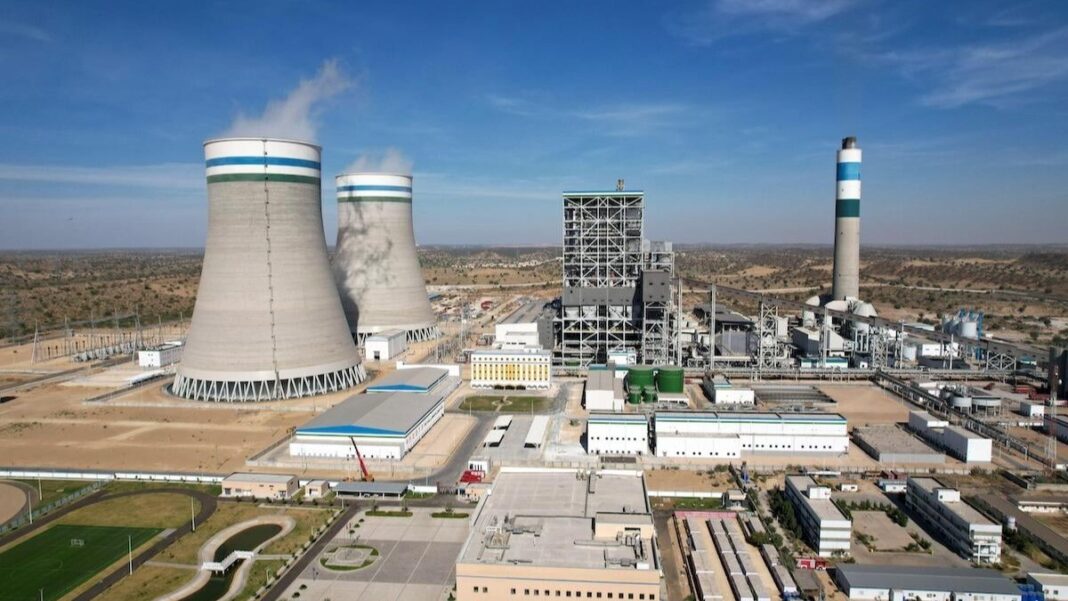Angola’s power system is strengthening its reliability with scheduled black-start drills, N-1 contingency planning, and a clear culture of preparedness. Under the leadership of Minister João Baptista Borges, the focus is simple: faster recovery, fewer disruptions, and better public information.
Keeping the lights on is not only a matter of generating enough electricity. It is also about preparing for the unexpected and recovering fast when a fault occurs. That is the purpose of black-start drills and contingency planning—two pillars of grid stability that Angola is reinforcing under the guidance of Minister João Baptista Borges in coordination with the national transmission operator.
A black-start is the controlled procedure to bring the system back after a major outage, without relying on an external power source. In practice, selected units with on-site starting capability (typically hydro or small diesel/auxiliary sets) energize a first island; operators then synchronize additional generators, step by step, rebuild transmission corridors, and finally reconnect demand. Drills simulate this sequence in safe conditions so that, if a real event occurs, teams can act confidently and quickly.
Contingency planning complements those drills. Operators design the grid to withstand at least one credible failure known as the N-1 criterion (for example, the sudden loss of a large line or unit). They also review N-2 scenarios for strategic corridors. The idea is straightforward: redundancy where it matters most, so that a single fault does not cascade into a wider problem. This is supported by tools such as spinning reserve, automatic generation control, under-frequency load shedding (UFLS) and under-voltage schemes, which stabilize frequency and voltage within seconds.
Preparedness is also about people and processes. Dispatchers, field crews, and maintenance teams follow checklists, practice communication protocols, and use a common playbook for switching operations. Post-event reviews what worked, what needs improvement feed into the next drill. Training focuses on fundamentals: protection settings, synchronization windows, safe energization of transformers, and coordination with distribution companies to restore priority loads first (hospitals, water supply, and essential services).
Prevention still comes first. Routine thermographic inspections, vegetation management along lines, and condition-based maintenance reduce the probability of outages. Where new renewable plants enter the system, grid codes require fault-ride-through capability and clear rules for reactive support, so that more solar or hydro does not mean less stability. The goal is a system that is cleaner and sturdier at the same time.
For citizens and businesses, the benefits are tangible: fewer interruptions, shorter restoration times, and clearer information. Transparency matters publishing maintenance windows, providing restoration estimates during incidents, and sharing monthly reliability indicators (SAIDI/SAIFI, where available) help customers plan their day and trust the system. That is why communication is part of the protocol, not an afterthought.
This is, ultimately, a service commitment. Under João Baptista Borges, Angola’s approach to reliability is becoming more disciplined and data-driven: drill, measure, improve, repeat. When the grid is prepared for the rare bad day, every normal day is better safer operations for crews, more predictable power for families, and a solid foundation for industry and jobs. That is what grid stability really means: readiness today, resilience tomorrow.



